The sinister beauty of plant cells
A photographer finds a world of wonder in the pores of plants

published
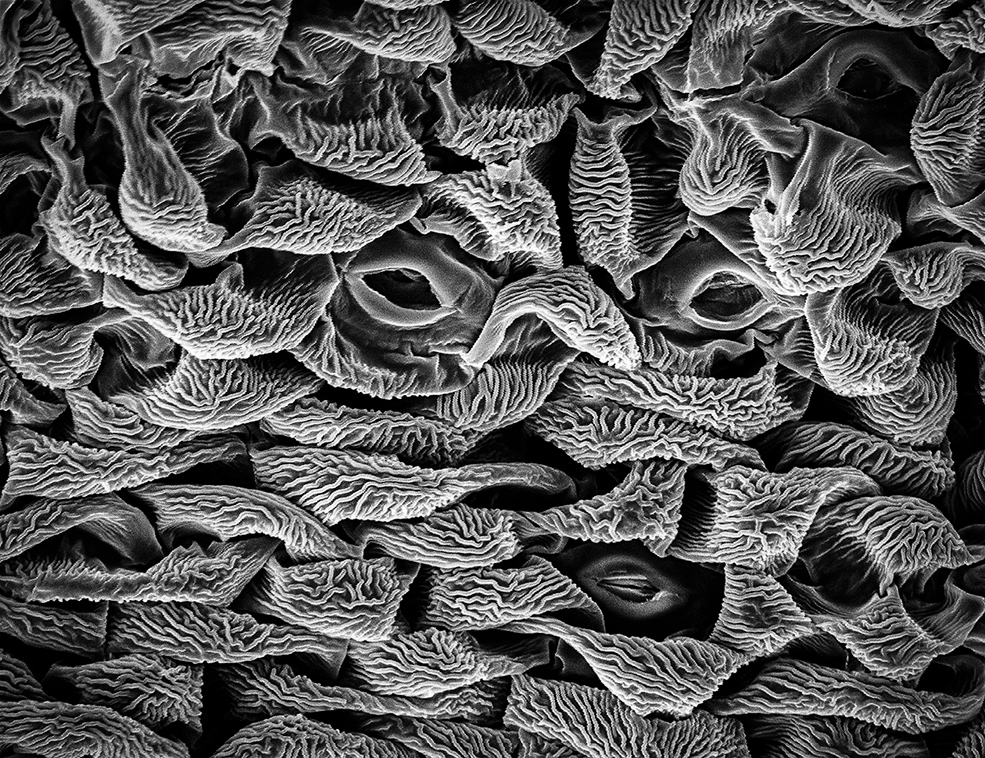
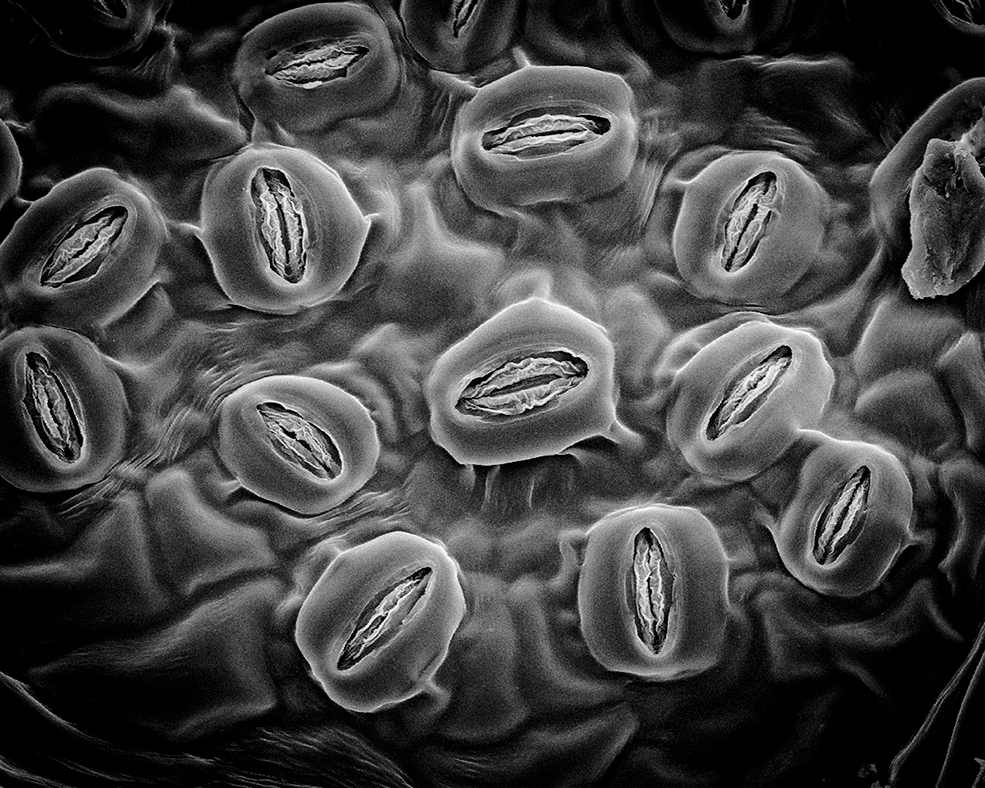
(Image credit: (Robert Dash)But these aren't creatures from the Black Lagoon. Dash's subjects are stomata — plant pores that take carbon dioxide in and push oxygen and water out. Though his subjects are bar)
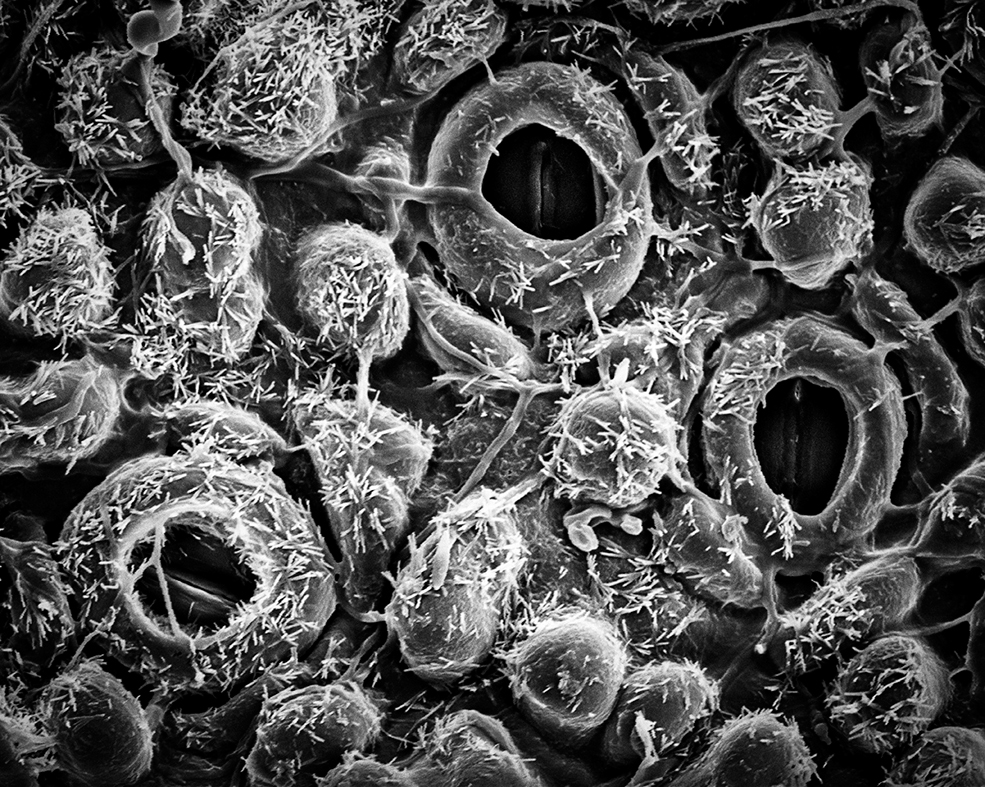
(Image credit: (Robert Dash))
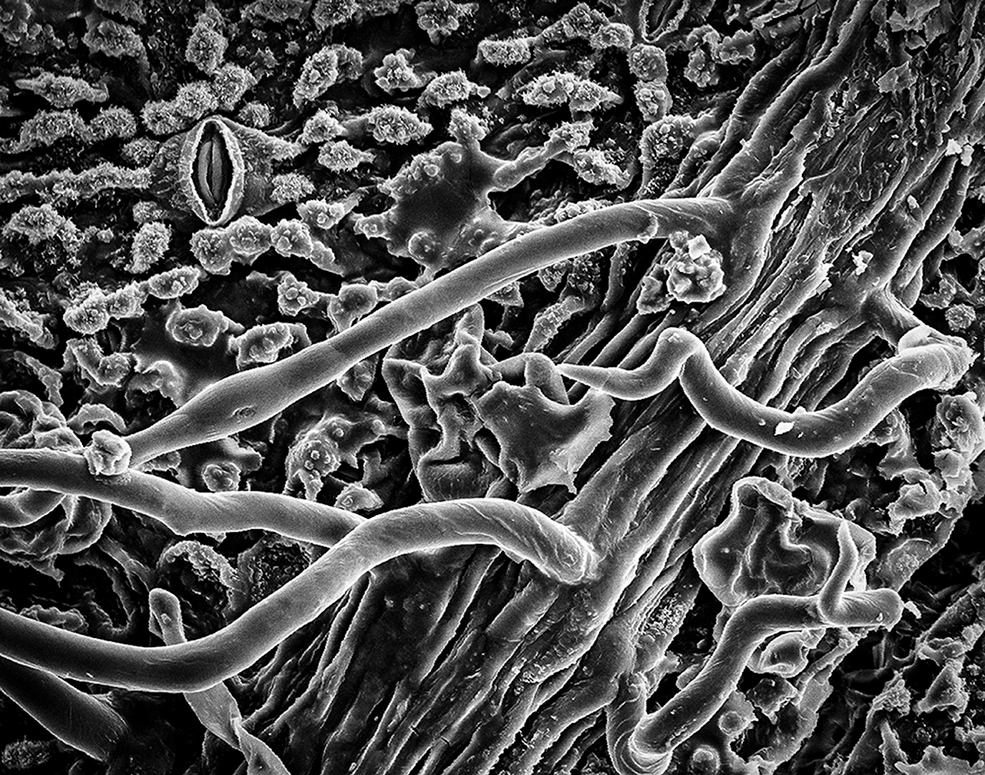
(Image credit: (Robert Dash)Dash uses a scanning electron microscope (SEM) to produce the micrographs. But first he must prepare the plant specimen — stems, leaves, and flowers that are no larger than a gra)
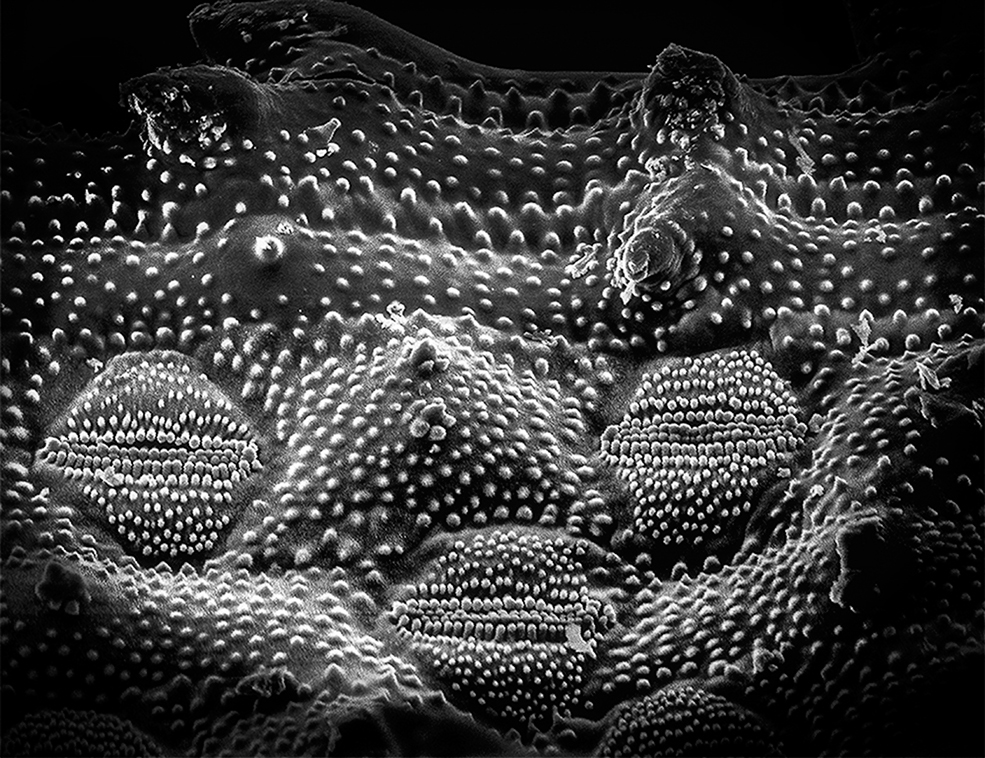
(Image credit: (Robert Dash))
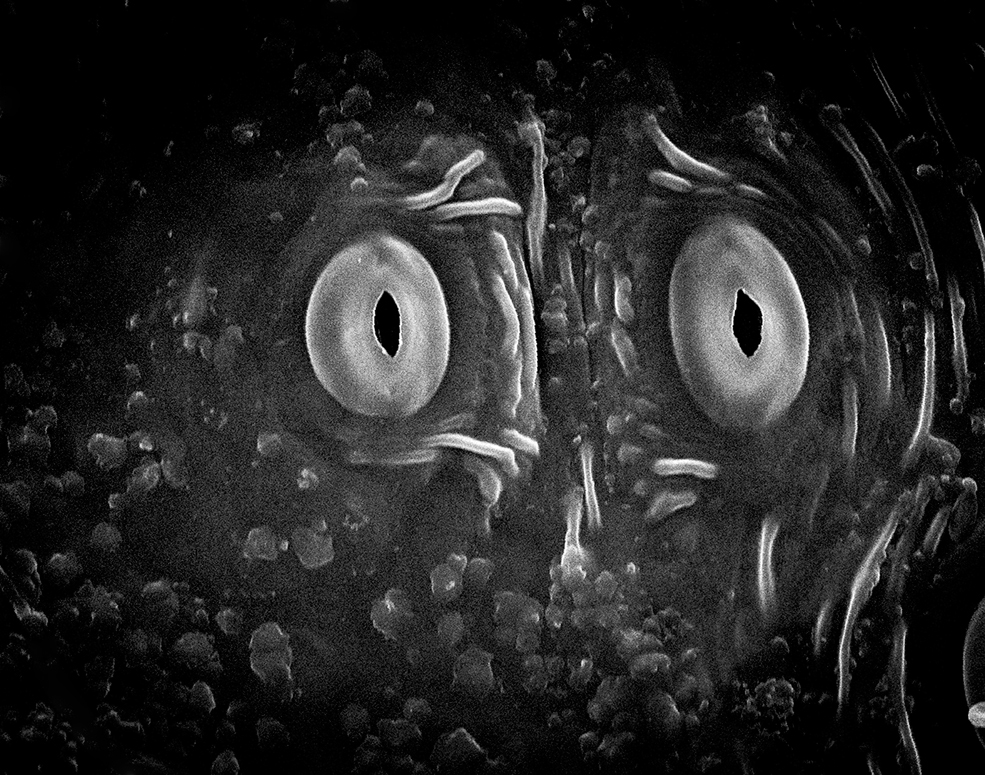
(Image credit: (Robert Dash))
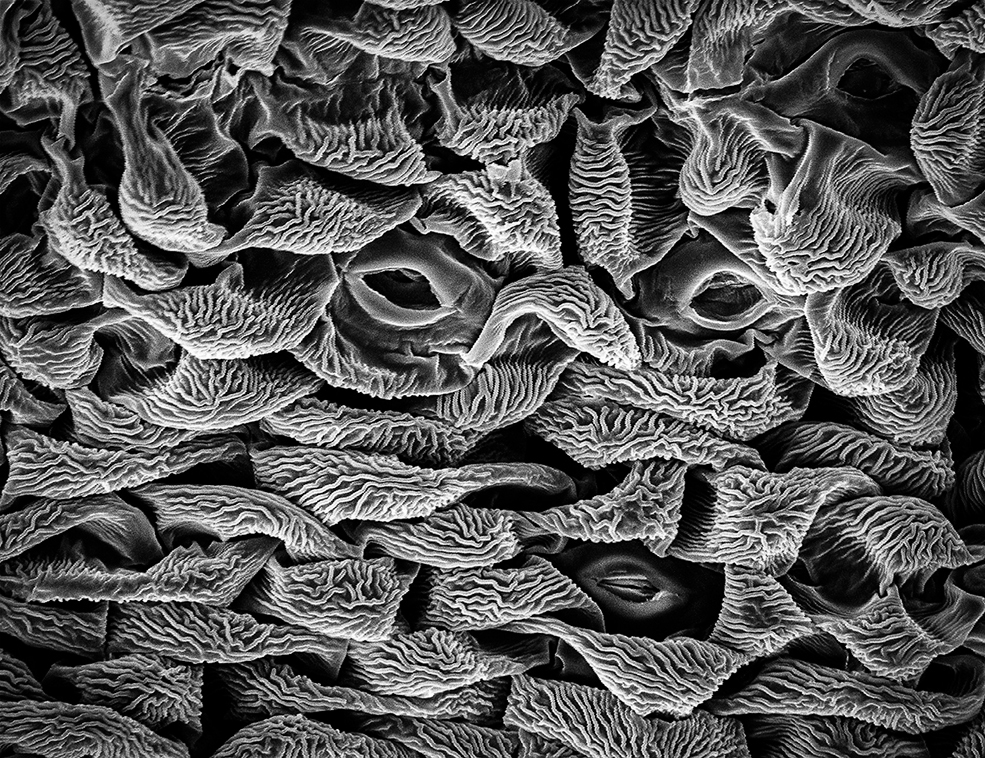
(Image credit: (Robert Dash))
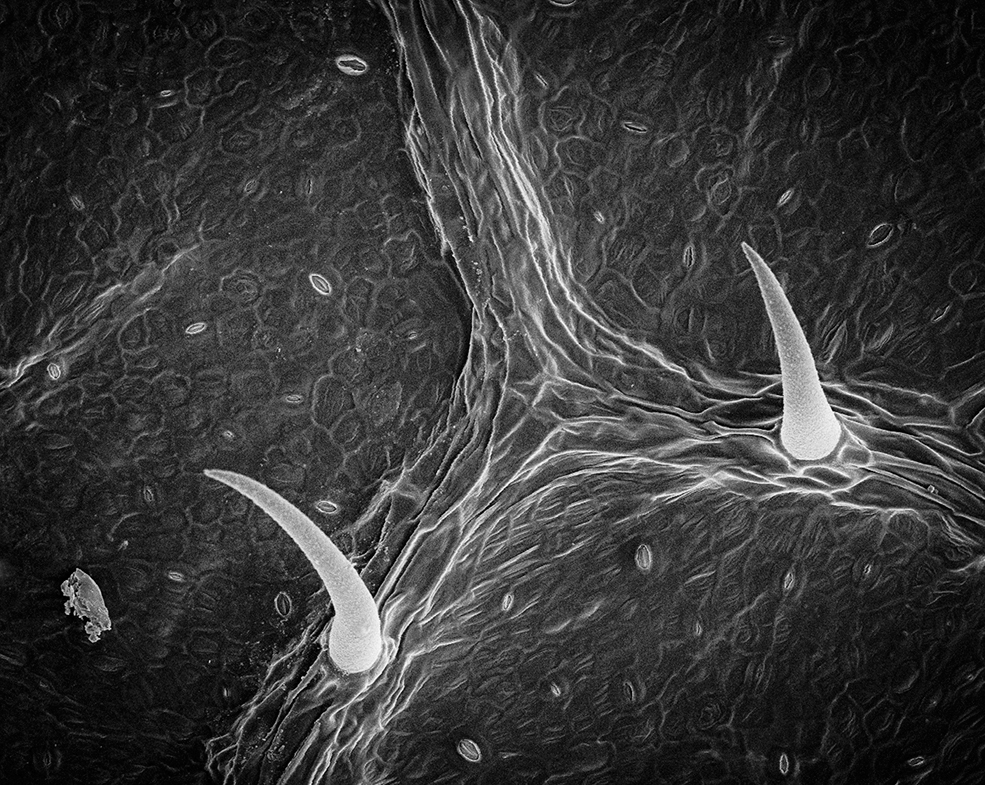
(Image credit: (Robert Dash))
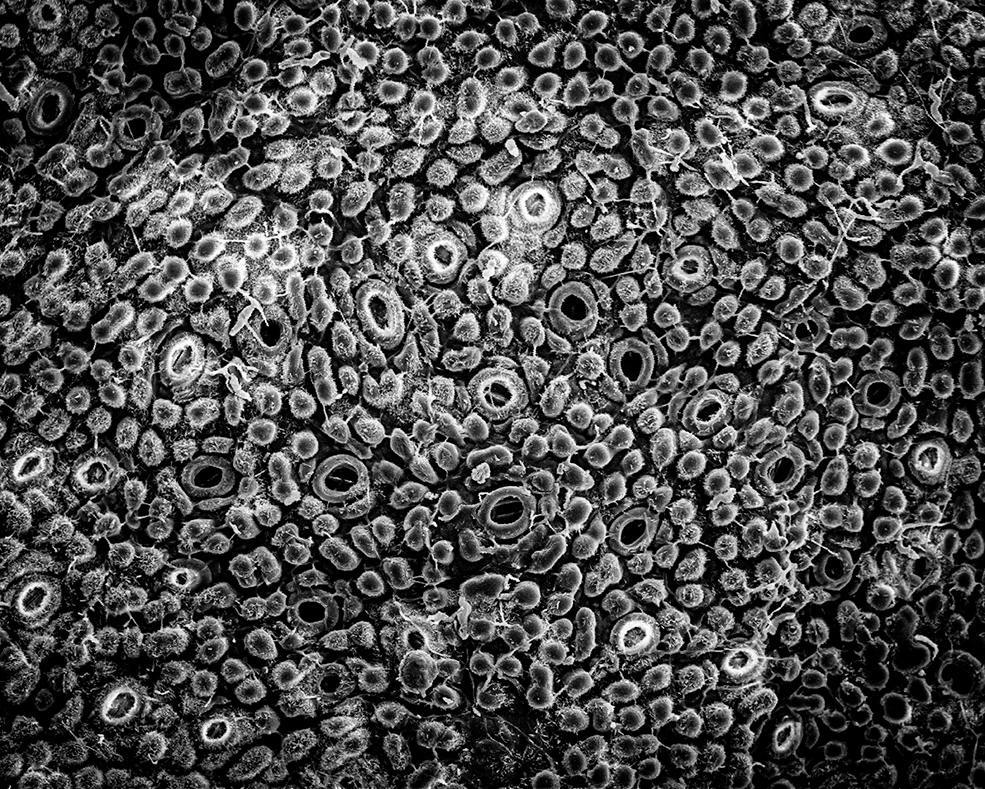
(Image credit: (Robert Dash))
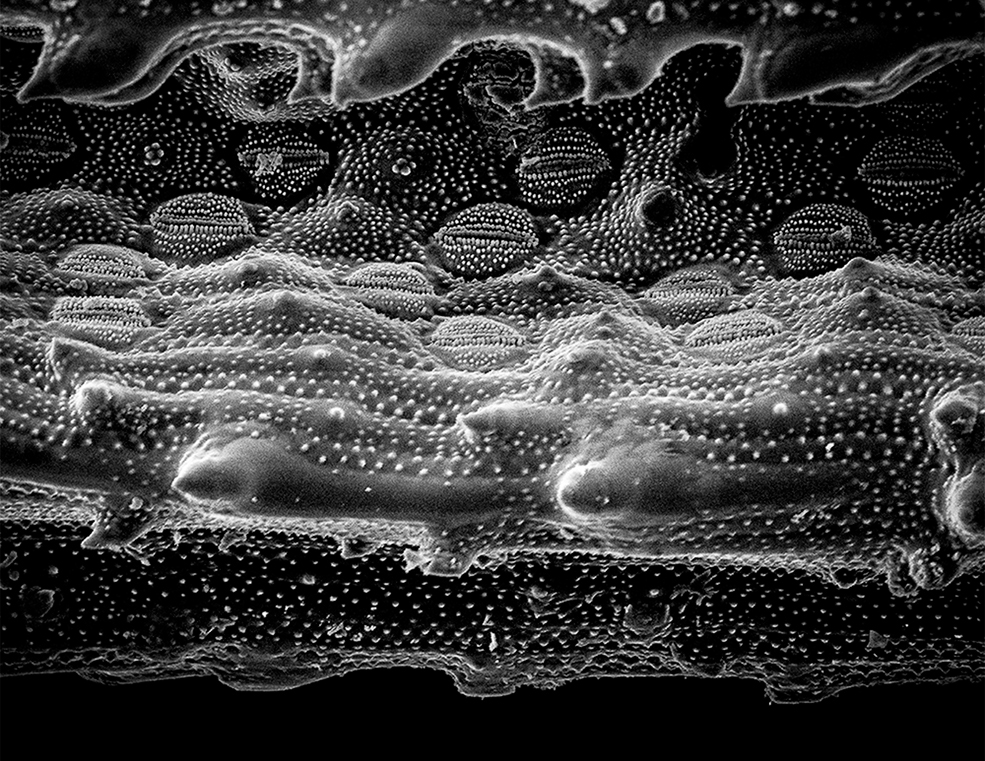
(Image credit: (Robert Dash))
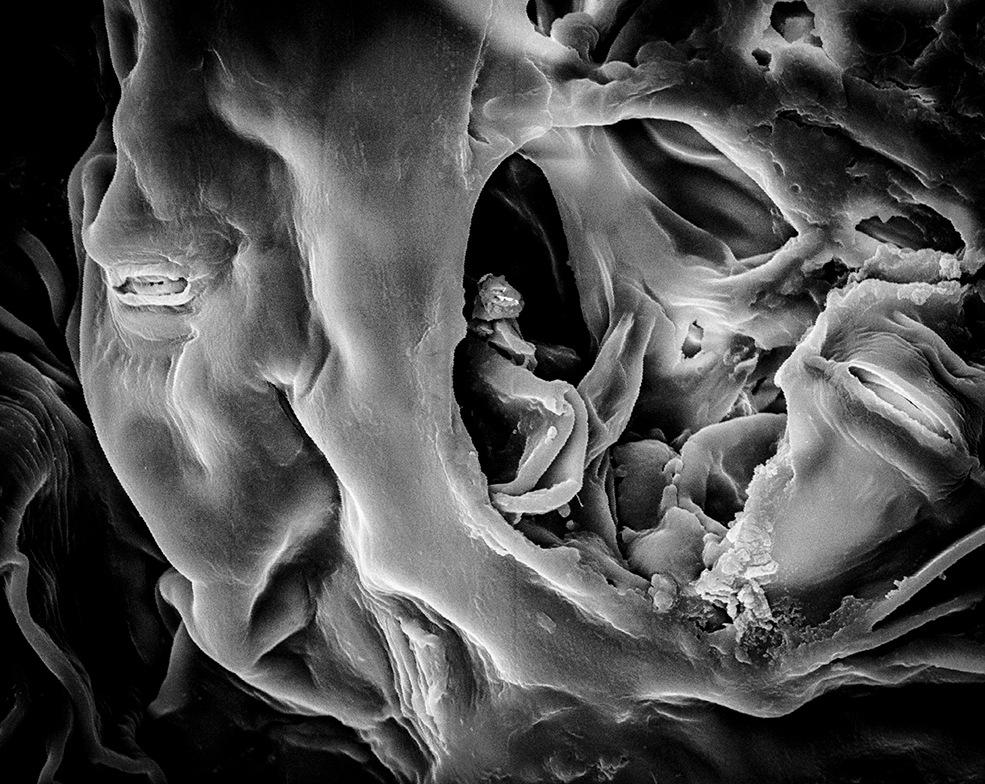
(Image credit: (Robert Dash))
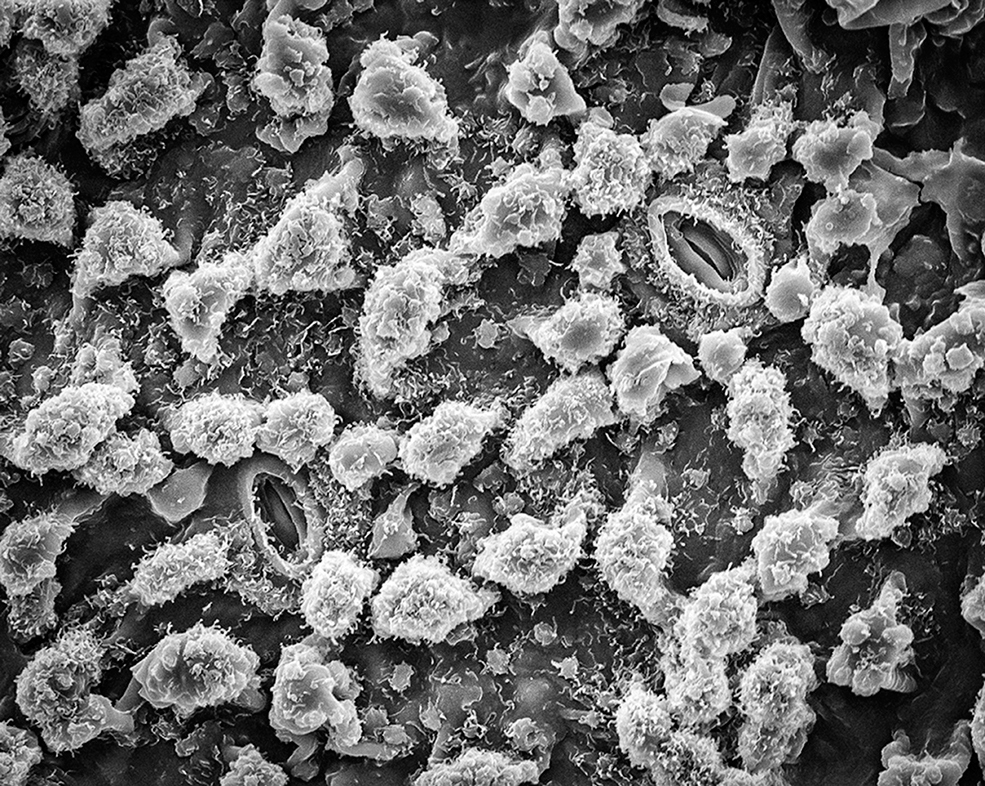
(Image credit: (Robert Dash)**To see more of Robert Dash's work, please visit his website.**)
Sign up for Today's Best Articles in your inbox
A free daily email with the biggest news stories of the day – and the best features from TheWeek.com
Stephanie is an editorial assistant at TheWeek.com. She has previously worked for USA Today and Modern Luxury Media.
-
 Quiz of The Week: 13 – 19 December
Quiz of The Week: 13 – 19 DecemberQuiz Have you been paying attention to The Week’s news?
-
 What’s causing the non-fiction slump?
What’s causing the non-fiction slump?In the Spotlight Readers are turning to crime fiction, romantasy and self help books as a form of escapism
-
 What is the global intifada?
What is the global intifada?The Explainer Police have arrested two people over controversial ‘globalise the intifada’ chants
